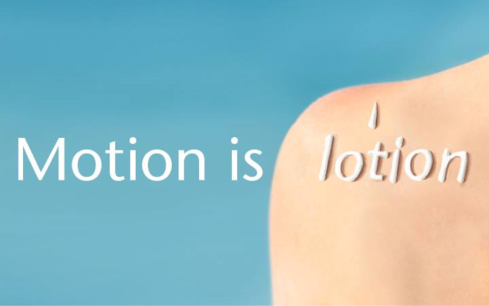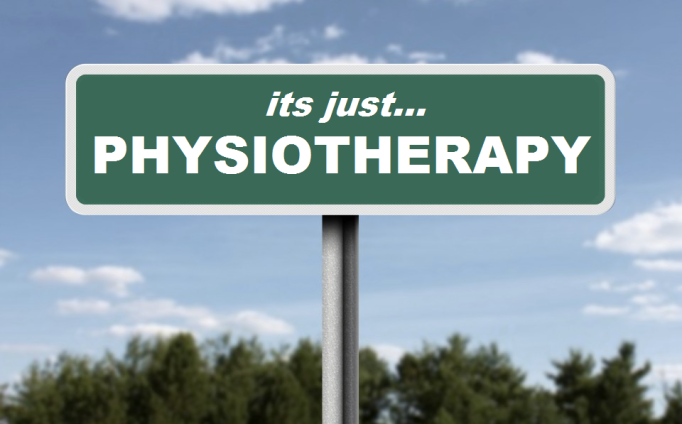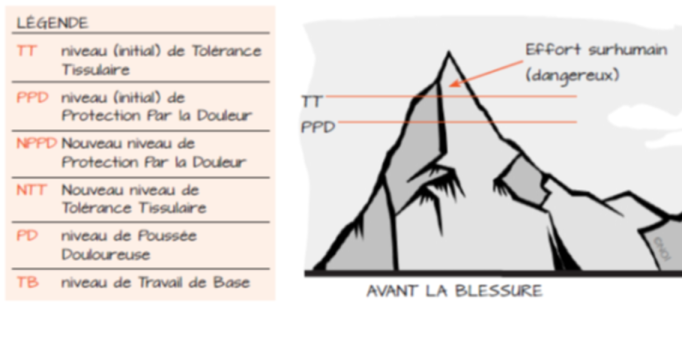And Part 2 of the story by @KWernliPhysio is just as enlightening…thanks folks
This is part two of a shared blog from Jay-Shian Tan and Kevin Wernli, two PhD students at Curtin University who were invited to attend the recent EP3 at the G as science correspondents. Part 1 ‘Integrating Explain Pain and Cognitive Functional Therapy in persistent low back pain‘ can be found here.
*This is my interpretation of how Russell went from a fearful, anxious person with a 35-year history of back pain, to someone with a new mindset on his back/life and hope for the future – ‘a light at the end of the tunnel’ (a great example of a patients use of the metaphorical language that Jay discussed previously). This interpretation is based on my experience as a PhD candidate at Curtin University, my own research of Cognitive Functional Therapy, and my experience working in a Clinic with people like Professor Peter O’Sullivan, Dr JP Caneiro…
View original post 1,074 more words
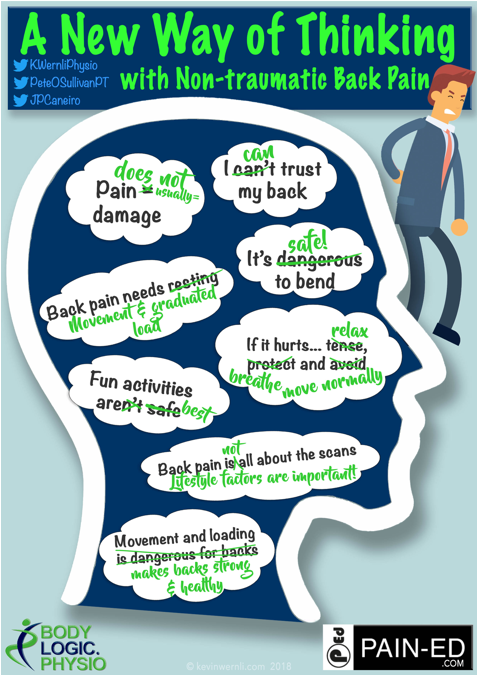


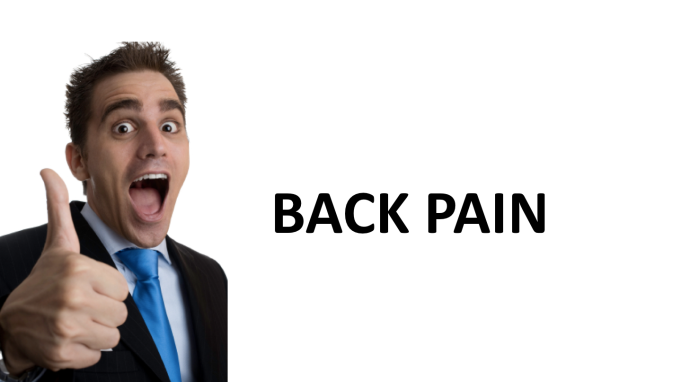
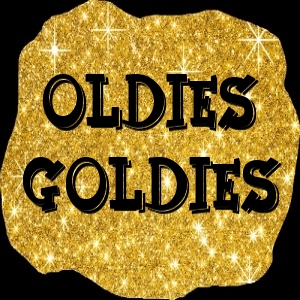

 ! Sixty is the new 40, 80 the new 60 so we hear. Phew! Living longer is usually a good thing but ageism is in the air. Ageism is a negative perception of getting older and of older people. It’s a really big personal and societal
! Sixty is the new 40, 80 the new 60 so we hear. Phew! Living longer is usually a good thing but ageism is in the air. Ageism is a negative perception of getting older and of older people. It’s a really big personal and societal 